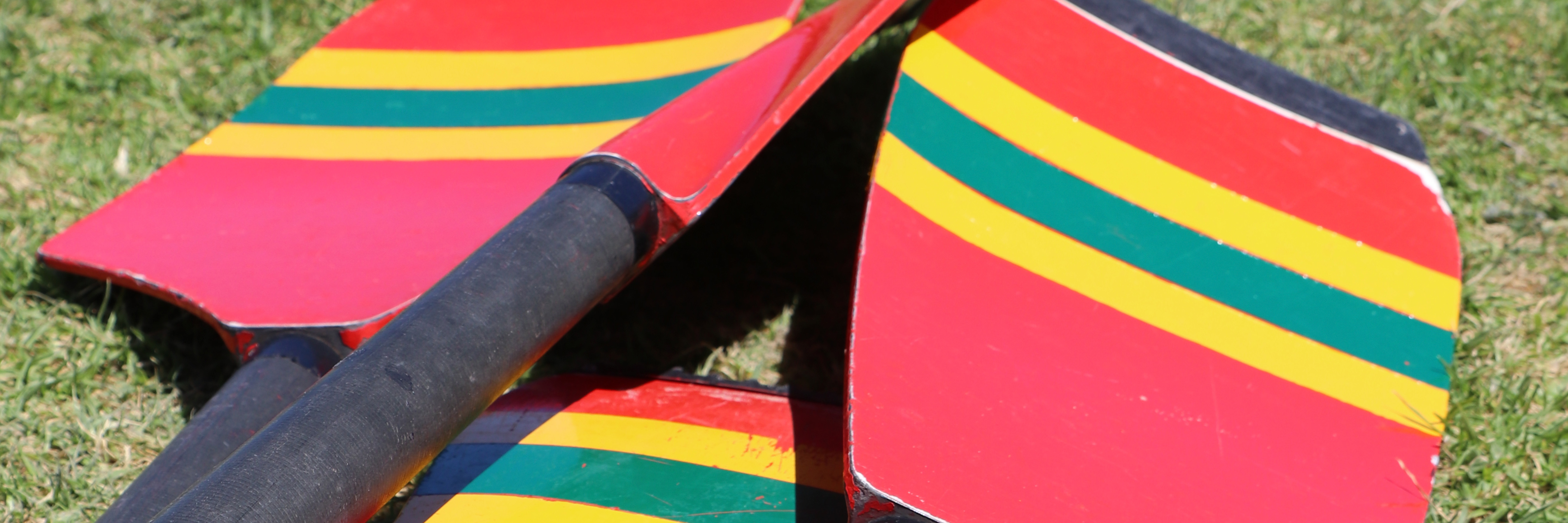The Art of Oar-making
From Ancient Times to Modern Day

28 July 2023
The craft of oar-making has been a vital part of human culture for thousands of years. From the first simple tools used to propel early boats to today's highly engineered rowing blades, oars have played a key role in our exploration, trade, and sport. This blog will journey through the evolution of oar-making, from its humble beginnings to the modern day.
Ancient Times
The earliest oars, dating back thousands of years, were simple, hand-carved wooden tools. Early civilizations such as the Egyptians and the Greeks recognized the efficiency of oars over paddles for propelling and steering their vessels. Artwork from these cultures shows rowers using long, flat oars that could be manipulated with a high degree of precision.
Middle Ages to the 19th Century
During the Middle Ages and into the early 19th century, oar design remained relatively unchanged, largely due to the continued use of traditional materials like wood. However, oar-making became more specialised, and craftspeople honed their skills to produce increasingly efficient and durable oars.
The 19th Century: The Birth of Modern Rowing
The late 19th century saw the birth of competitive rowing, leading to significant advancements in oar design. Rowing clubs began experimenting with the shape, length, and weight of oars to gain competitive advantages. It was during this period that the familiar "spoon" shape, which increases water resistance and therefore propulsion, was introduced.
The 20th Century: Innovation and Experimentation
The 20th century brought materials other than wood into oar construction. During the mid-1900s, manufacturers began experimenting with fibreglass and plastic. This period also saw the introduction of the Macon blade, a curved design that reduces slippage in the water and improves the efficiency of each stroke.
The 21st Century: Towards Lightness and Strength
The advent of carbon fibre in the late 20th and early 21st centuries revolutionised oar construction. Carbon fibre is both lighter and stronger than wood or other materials, making it ideal for high-performance rowing. The shape of the oar blade also evolved, with the "hatchet" or "cleaver" blade becoming increasingly popular for its ability to move more water, providing more power for each stroke.
The art of oar-making has come a long way since the first rowers propelled their vessels across ancient rivers. With each new development, from the simple wooden oars of ancient civilizations to the engineered precision of modern carbon fibre blades, the goal has remained the same: to move a boat through the water as efficiently as possible. The story of the oar is one of constant adaptation and innovation, mirroring the unceasing human desire to explore, compete, and master the natural world. As we look to the future, who knows what new developments await in the ever-evolving art of oar-making?